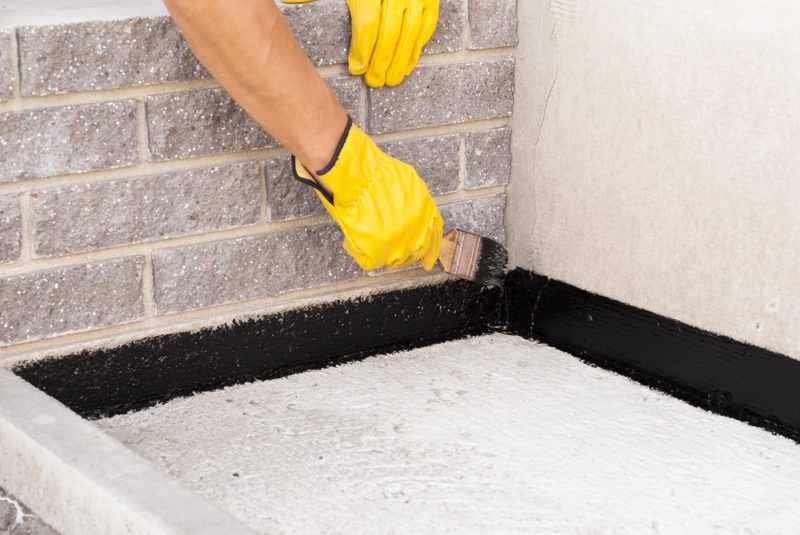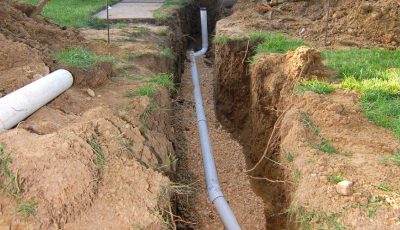Why You Should Waterproof Your Basement?
Construction waterproofing is usually done to stop seepage of water so that damage can be controlled. If your building is not waterproofed it can lead to the development of pores and cracks and your structure will be at a great risk. Your rooms will be damped, and a musty smell will increase that can cause health problems to its inhabitants. Waterproofing should be done at the time of constructing the building as this will run off problems created by rainwater or other bad weather conditions.
Basement waterproofing methods
Moisture in the basements requires time-consuming and costly repair. When the ground or rainwater cannot drain away from your home, it causes basement wetness as the water makes its path inside the house. If the gutters are clogged and slope of your basement is not proper, it is essential to undergo construction waterproofing. Even due to hydrostatic pressure, water gets inside through any cracks. There are certain basement waterproofing methods:
Exterior waterproofing: Basement gets wet typically because outside walls have been affected and it cannot be completed by simple sealing methods. Soil should be excavated from the affected wall and the process requires heavy machinery and then sealants are applied thoroughly to the wall. These polymer-based sealants have aa long-lasting lifespan and exterior surface will prevent damp, mildew and efflorescence etc.
Interior waterproofing: Interior construction waterproofing is an affordable and easiest method. If you find out any cracks in the basement wall, doors and windows, the first step should be taken to keep the basement dry. Special sealants are used to prevent water ingression and to cover cracks. The coating works as a protecting shield or water barrier.
Drainage system: An improper drainage system is the underlying cause of basement damage. The drain should be made properly to direct the water away from your home. You can install a sump pump to have a clear drainage system. Different soil drains can take away moisture to keep your house clean.
Easy steps of waterproofing:
- For construction waterproofing, first you should clean the surface properly before applying any liquid membrane and this cleaning is carried away with pressure washing method.
- Then primers are applied on the dry surface.
- The third step is done with the utmost care. The membrane is mixed with sealants to provide protection to both exterior and interior area.
Benefits of the construction waterproofing
- A concrete foundation in any building is the most essential thing so you must take all possible methods for retaining the durability of your home and waterproofing is best to keep it safe.
- Through construction waterproofing, concerning problems like water logging and dampness can be prevented.
- Formation of the mould causes damage to the exterior wall and eventually affects the interior structure of the building which is prevented with waterproofing done at the time of construction.
- It increases the lifespan and value of the building.
- Moisture and leakage can cause serious health issues which are prevented with waterproofing.
- It saves money as lesser repairs occur and need of repainting is also not required.
- Cleaning and maintenance of basement become easy.
- Resale value of the house is also increased.
- Your house is a long-term and life-long investment and waterproofing protect your house.
- You can relax during the hurricane and storms as your house won’t flood.
If you are little proactive to reduce the extent of damage in near future, you must take these measures that will ultimately prevent moisture to get inside the surface and such waterproofing methods promote long-term support to your building.











